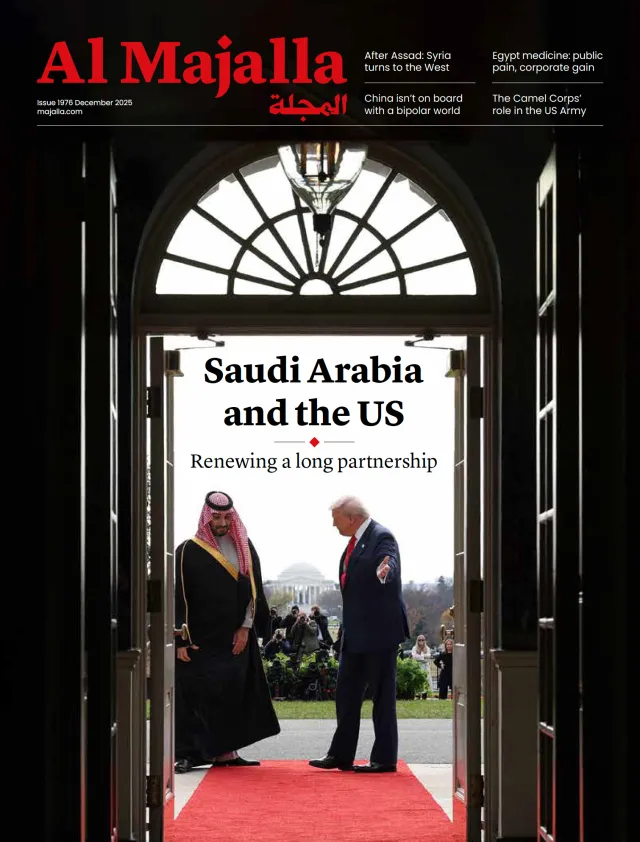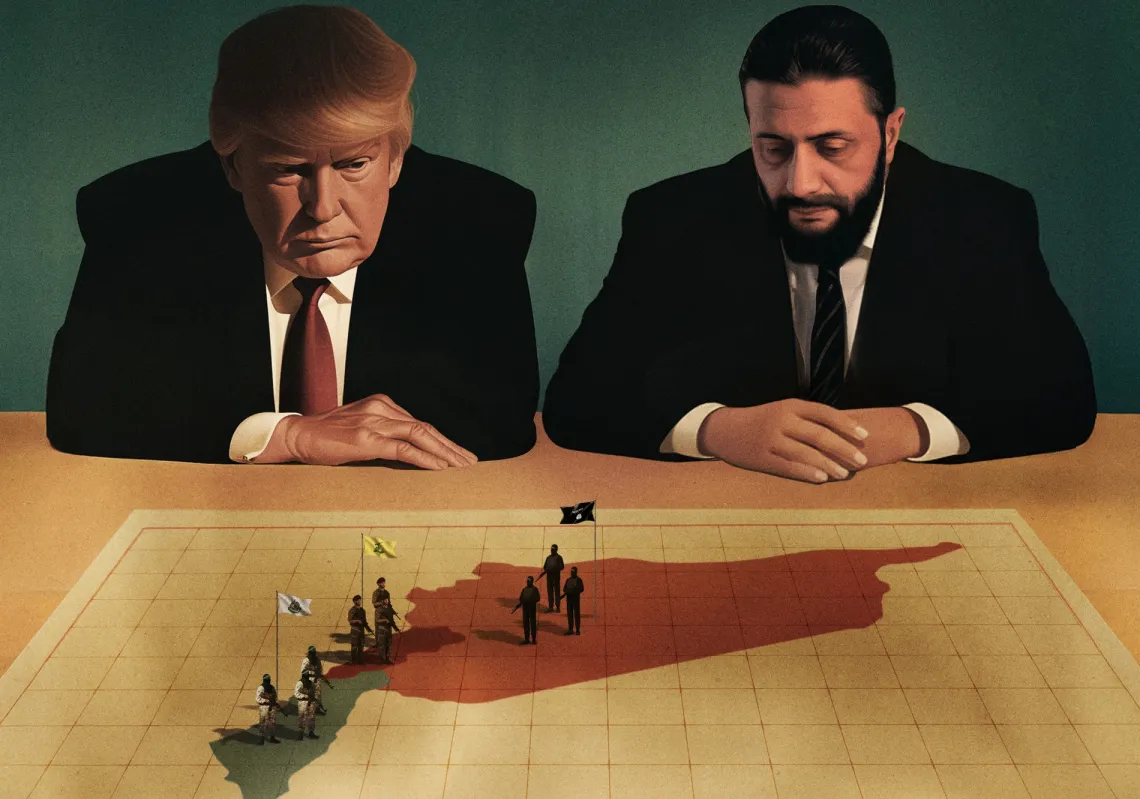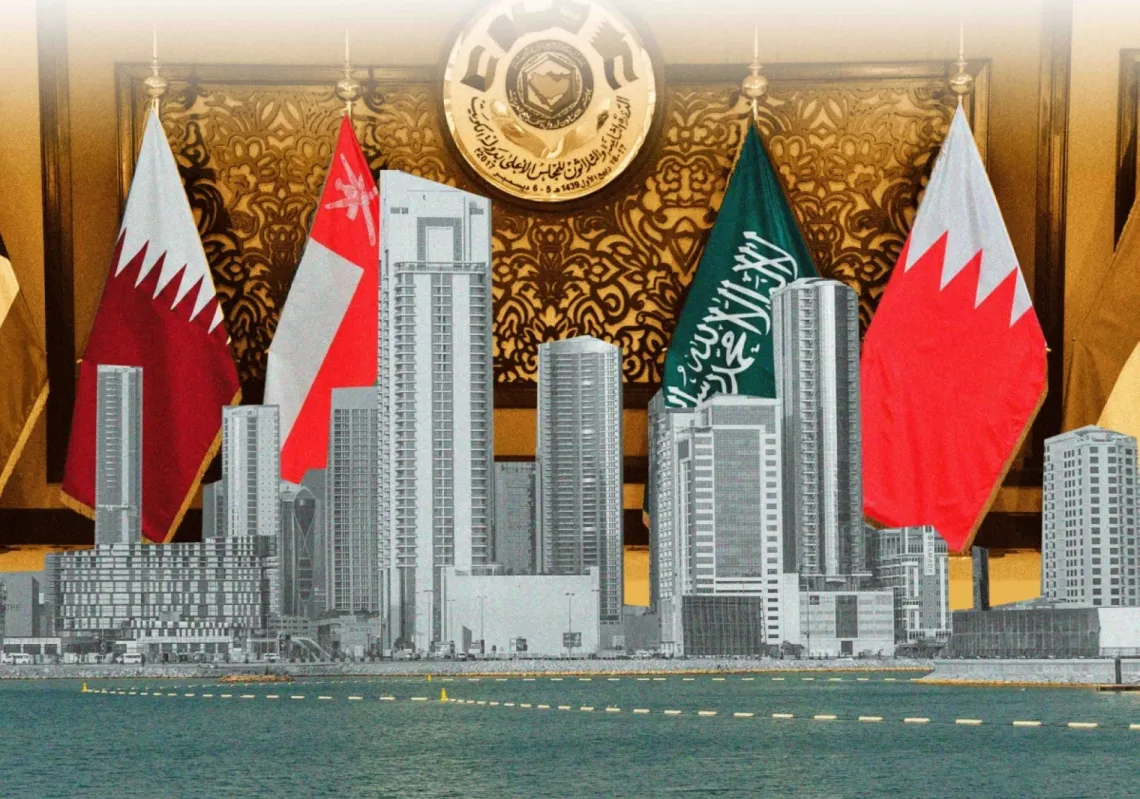After weeks of tit-for-tat tariff escalation that sent shockwaves through global markets, US and Chinese negotiators emerged from a Geneva conference room last month with what amounts to a 90-day tariff truce. Markets cheered, businesses breathed a sigh of relief, and politicians claimed victory.
Yet this truce is a disappointment to President Trump’s own policy vision. It neither collects the tariffs he wants, nor does it “beat China” as he promised. Economically entangled yet strategically adversarial, the world's two superpowers are in different territory to that of US-USSR Cold War rivalry.
The animosity between Washington and Beijing in 2025 is devoid of the kind of rules of engagement that prevented catastrophic miscalculation between Washington and Moscow. This tariff pause is merely an intermission in what increasingly resembles a protracted and perilous new Cold War, one that lacks the relative predictability that characterised its 20th century predecessor.
Following a substantial escalation, there was a substantial de-escalation, US tariffs on Chinese goods dropping from a punishing 145% to a still meaningful 30%, with China's retaliatory tariffs falling from 125% to 10%. This mutual ceasefire will last for 90 days from mid-May to allow for discussions.
Backtracking theatrically
The three rounds of rapid tariff escalation were aimed at forcing China to capitulate, yet Beijing simply responded with matching tariff terms at each step, so the Geneva meeting solved a problem that required no diplomatic breakthrough—both sides could lower their tariffs without negotiations, the same way as they raised them.
The Geneva summit was theatrical. It provided a face-saving platform where neither side would appear to concede first. This choreographed ‘agreement’ allowed both to retreat from a damaging position while claiming victory to audiences back home. US Treasury Secretary Scott Bessent and Trade Representative Jamieson Greer helped halt the alarming spiral of reciprocal tariffs threatening to rip up global supply chains.















